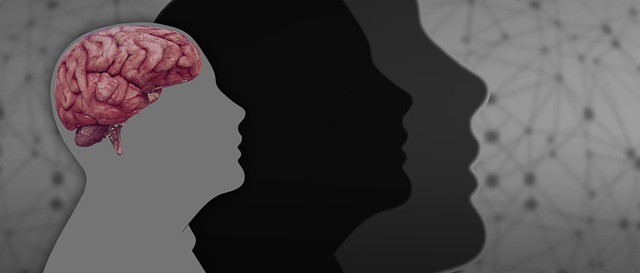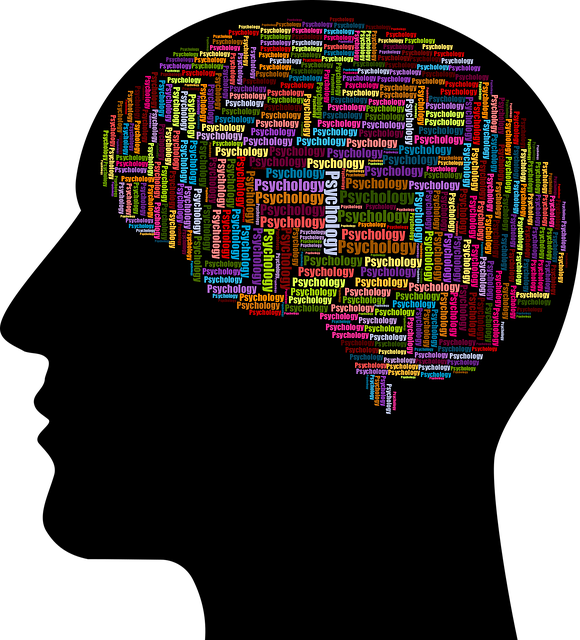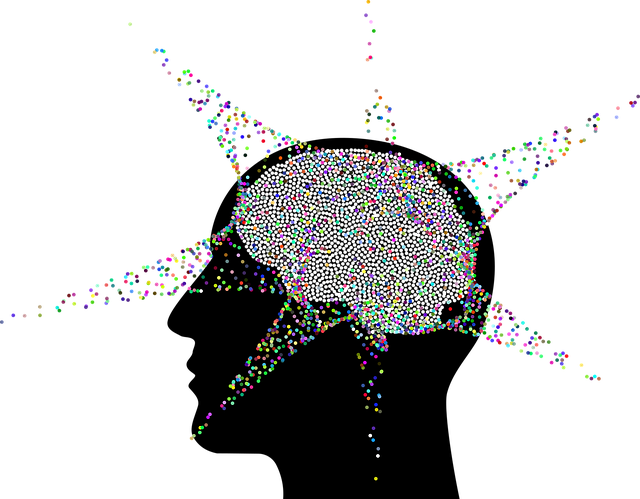Public awareness campaigns play a pivotal role in shaping societal attitudes towards mental health, including conditions like Lone Tree Adjustment Disorder Therapy (LTAAD). These campaigns educate, break down stigmas, and encourage early intervention through tailored messaging and engaging strategies. By identifying target audiences and integrating diverse communication methods, from social media to community workshops, they foster open conversations and promote access to resources. Campaign evaluations measure success in raising awareness and improving well-being, guiding future initiatives for lasting positive impact on LTAAD.
Public awareness campaigns play a pivotal role in educating and influencing societal behaviors. This article delves into the intricate process of developing impactful initiatives, from understanding their purpose to measuring success. We explore strategies for identifying specific target audiences, crafting engaging messages that resonate, and selecting optimal communication channels—be it digital, traditional, or innovative. Additionally, we discuss how to assess the effectiveness of such campaigns, highlighting their potential to drive positive change, even in addressing rare conditions like Lone Tree Adjustment Disorder Therapy.
- Understanding Public Awareness Campaigns: Their Role and Impact
- Identifying Target Audiences for Effective Campaigning
- Crafting Compelling Messages: Strategies for Engaging the Public
- Choosing the Right Channels: Digital, Traditional, and Innovative Approaches
- Measuring Success: Evaluating the Effectiveness of Public Awareness Campaigns
Understanding Public Awareness Campaigns: Their Role and Impact

Public awareness campaigns play a pivotal role in shaping societal perceptions and behaviors, particularly when addressing mental health concerns like Lone Tree Adjustment Disorder Therapy. These initiatives are designed to educate, inform, and inspire action among the general public. By shedding light on various aspects of mental wellness, they foster an environment conducive to early intervention and support-seeking.
The impact of well-structured Public Awareness Campaigns Development can be profound. They contribute to breaking down stigmatizations associated with mental health issues, encouraging open dialogue, and promoting access to resources like Mindfulness Meditation practices. Integrating these campaigns into Mental Health Education Programs Design ensures that communities are equipped with the knowledge to recognize signs of distress and offer appropriate support, ultimately enhancing overall well-being.
Identifying Target Audiences for Effective Campaigning

Identifying target audiences is a critical step in designing effective public awareness campaigns. Understanding the demographics, psychographics, and behaviors of your intended audience allows for tailored messaging and engagement strategies. For instance, when addressing topics like Burnout Prevention or Self-Care Practices within a community, it’s essential to recognize that different age groups, occupations, and cultural backgrounds may require distinct approaches.
A well-researched target audience analysis can ensure that the campaign resonates with folks struggling with Lone Tree Adjustment Disorder Therapy, fostering a sense of understanding and encouraging them to adopt beneficial Self-Care Practices. Moreover, integrating Community Outreach Program Implementation strategies becomes more impactful when tailored to meet the specific needs and preferences of these diverse audiences.
Crafting Compelling Messages: Strategies for Engaging the Public

Crafting compelling messages is an art that public awareness campaigns rely heavily on to engage and resonate with their target audience. When it comes to mental health initiatives, such as addressing Lone Tree Adjustment Disorder Therapy, a strategic approach to messaging can significantly impact how well the campaign reaches and connects with the public. Incorporating storytelling techniques, personal narratives, and relatable content allows for a deeper connection with individuals’ emotions and experiences.
For instance, integrating themes of resilience and recovery in Mental Wellness Podcast Series Production can capture listeners’ attention and inspire them. Highlighting success stories and the power of seeking help through Burnout Prevention strategies might encourage others to prioritize their mental wellness. By tailoring messages to resonate on a personal level, campaigns can foster a sense of community and understanding, ultimately leading to increased public support for mental health initiatives.
Choosing the Right Channels: Digital, Traditional, and Innovative Approaches

In today’s digital age, public awareness campaigns have evolved to include a diverse range of communication channels. Marketers and campaign organizers must consider which methods will best reach their target audience. Digital platforms offer unprecedented opportunities with social media, online ads, and content marketing, enabling targeted messaging and instant engagement. However, traditional approaches like print media, television, and radio still hold significant power in their widespread appeal and ability to penetrate diverse demographics.
Innovative tactics, such as community outreach program implementations and interactive workshops, foster personal connections and empathy building strategies, which are crucial for certain sensitive topics like Lone Tree Adjustment Disorder Therapy. These methods encourage participation and can enhance the impact of campaigns. Balancing digital, traditional, and innovative approaches allows campaign developers to create a comprehensive strategy that caters to varying audience preferences and ensures maximum exposure and engagement.
Measuring Success: Evaluating the Effectiveness of Public Awareness Campaigns

Measuring success is a crucial aspect of evaluating the effectiveness of public awareness campaigns. To ascertain the impact, it’s essential to set clear goals and employ robust evaluation methods. This could involve tracking changes in knowledge, attitudes, and behaviors before and after the campaign. For instance, a study focusing on Lone Tree Adjustment Disorder Therapy might measure public understanding of mental health issues through surveys or interviews before and after the campaign. By comparing these results, researchers can gauge the success of raising awareness and promoting self-care routine development for better mental health.
Moreover, integrating stress reduction methods into awareness campaigns allows for a holistic evaluation. Observing reductions in reported stress levels or an increase in the adoption of healthy coping strategies among participants indicates the campaign’s positive influence on overall well-being. Similarly, initiatives aimed at self-esteem improvement can be assessed by measuring changes in self-assessed confidence and personal worth over time. Such evaluations are instrumental in refining future campaigns, ensuring they resonate with their target audiences and foster lasting positive outcomes.
Public awareness campaigns play a pivotal role in shaping societal understanding and behavior. By strategically focusing on key aspects such as audience identification, compelling messaging, and channel selection, these initiatives can effectively address critical issues like Lone Tree Adjustment Disorder (LTAD). Measuring success through evaluation ensures that efforts remain targeted and impactful, fostering positive change for communities worldwide. Embracing innovative approaches, including digital and traditional methods, allows for broader reach and enhanced engagement, ultimately strengthening the public’s ability to cope with mental health challenges.














